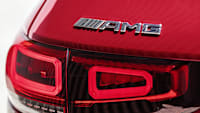China’s answer to the new Subaru Forester and coming next-gen Toyota RAV4 takes shape.
Dubbed the Haval Raptor, the butch looking SUV features the brand’s new plug-in hybrid four-wheel drive set-up.
The Raptor pairs a 1.5-litre turbo-petrol engine with a dual-motor hybrid system to deliver all-wheel drive and combined outputs of 330kW and 750Nm.
-
GWM Haval H7 Raptor 2025 review: International preview drive
-
China's new Raptor! GWM's answer to the Subaru Forester and Jetour Traveller is the Haval Raptor tough looking 4WD that now comes with petrol power to complement the plug-in hybrid variant
-
China's tough looking new hybrid SUV headed for Australia: 2025 GWM Haval H7 set for Australian launch in the second half of 2025 with its eyes on the Toyota RAV4 and Kia Sportage
That’s some serious grunt for a mid-size SUV and easily outguns the incoming Toyota RAV4 plug-in hybrid’s 227kW.
Despite the superior levels of performance the Raptor is about as fast as the new RAV4 all-wheel drive plug-in hybrid with a 0-100km/h sprint time of 5.9 seconds.
The Raptor has a mammoth 35kWh battery that allows it to drive up to 151km via the benchmark WLTP test cycle.
This again trumps the coming RAV4 with its 22.7kWh battery good for up to 100km.
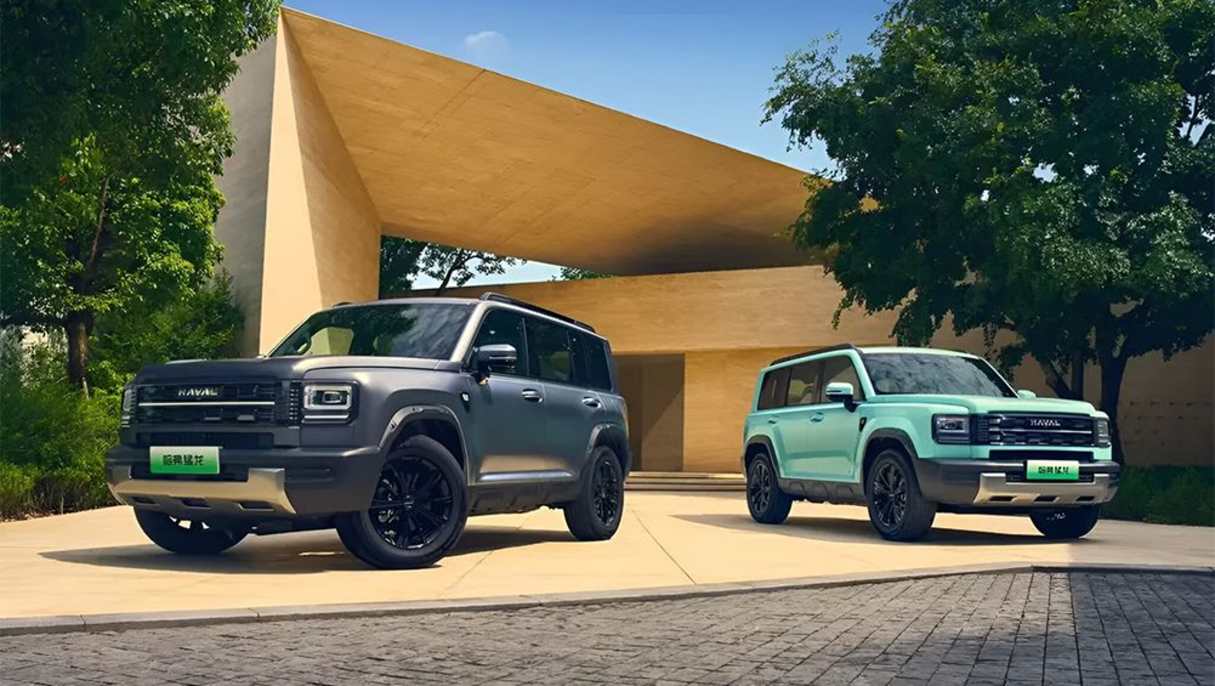
GWM has given the Raptor some head-turning looks, with its chunky, square-jawed and broad shoulder appeal similar to red hot hits such as the new Toyota Prado and BYD's coming Denza B5.
It also has some off-road ability to back up its looks, which puts it on par with a Subaru Forester. It won’t climb a proper 4WD track but can handle rugged dirt and gravel roads.
There is a decent chance of it coming to Australia, too.
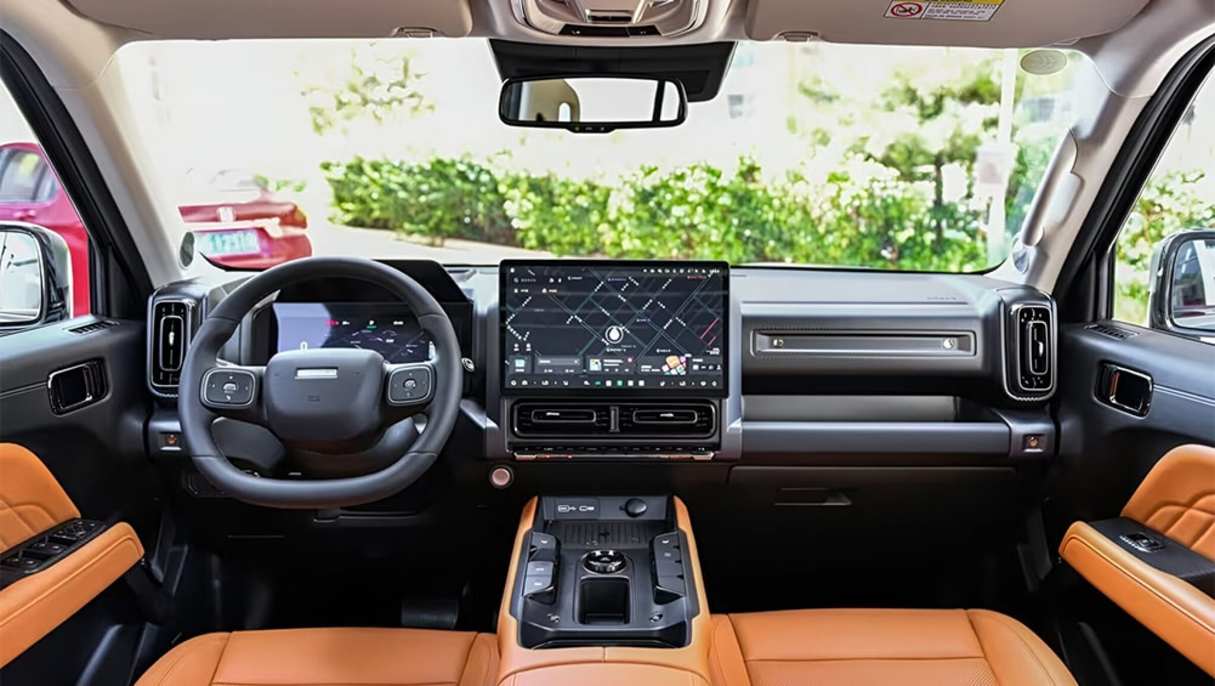
GWM previously told CarsGuide the Raptor might make it Down Under in the future as a replacement for the similar-sized H7.
The H7 just launched in Australia, but is based on an older platform than the Raptor's and doesn’t get the advanced plug-in hybrid tech.
The Raptor name is a no go in Australia as Ford owns the rights to it locally, which strengthens its case to be called H7 when it arrives.

Plug-in hybrid technology will prove vital for car brands in Australia from 2027 onwards when the federal government’s New Vehicle Efficiency Standard (NVES) starts to bite.
The NVES penalises carmakers $100 per gram of CO2 over a certain limit, with the threshold getting lower every year until 2030. From 2027 onwards most conventional hybrids won’t slip under the CO2 threshold, with only plug-in hybrids and EVs likely to escape fines.






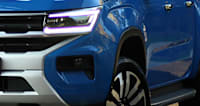
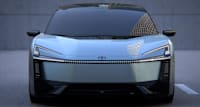

.jpg)
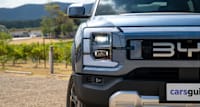
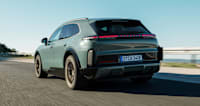
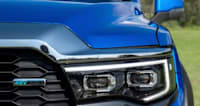
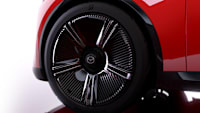
.jpg)
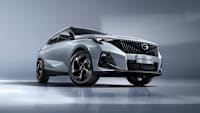
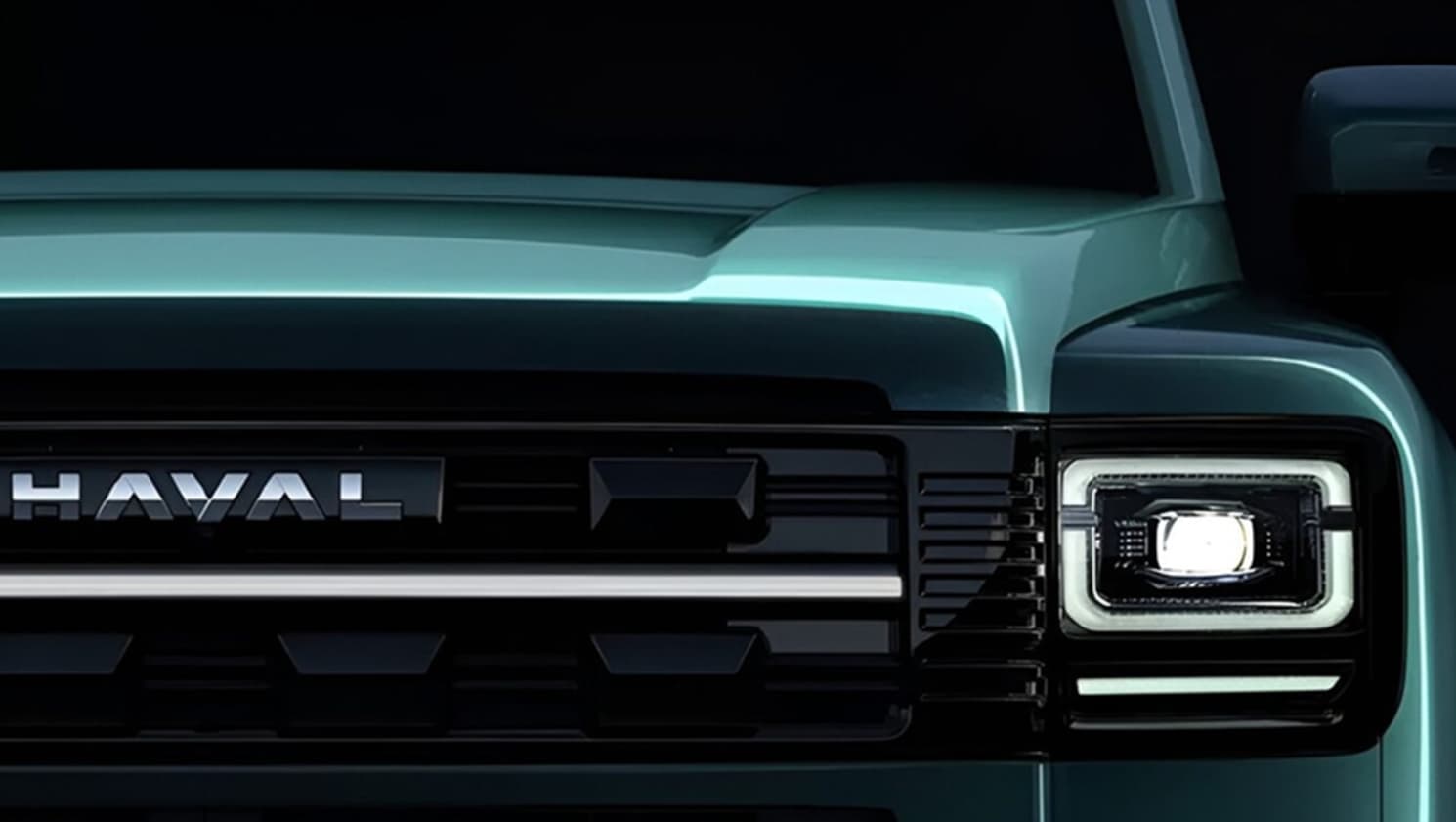


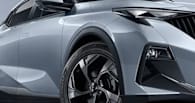
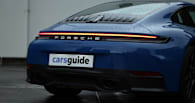
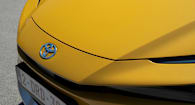

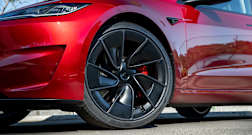
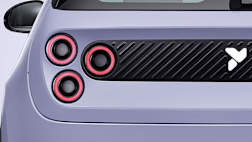
.jpg)
